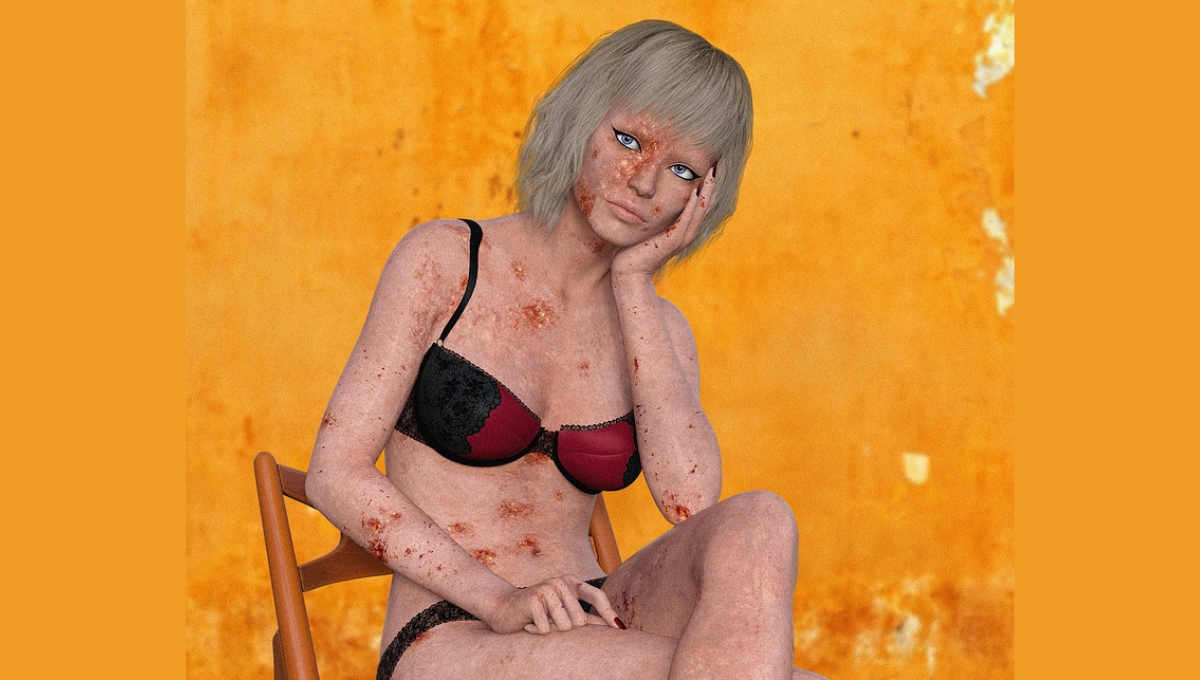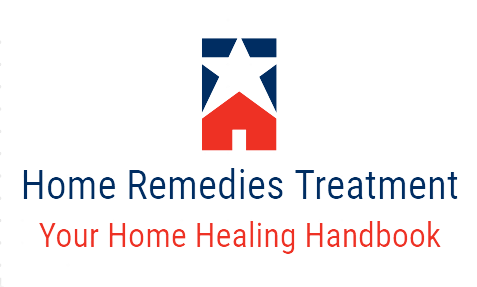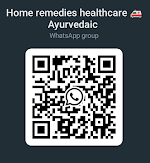 |
| Yeast Infection |
What is Yeast infection - Yeast infection is a type of fungal infection, which is caused by the overgrowth of Candida albicans yeast, itching, burning while urinating, mild swelling over time, etc.
The occurrence of this infection is mostly observed in damp regions of the body such as the genital areas and underarms. Yeast infection can be cured with some easy tips and home remedies. Untreated yeast infections can lead to serious skin infections.
How long does a yeast infection last
Identifying Yeast Infections- Yeast infections on your skin are easy to treat and most infections clear up after a few weeks.
Yeast grows naturally in your body and mind, but sometimes there is an imbalance in your system that causes a yeast infection. If you develop an infection, you will need immediate relief.
Although the infection can be annoying, it is highly treatable if you recognize the yeast infection, take note of the causes and apply the first treatment.
What is the reason for yeast infection?
The most causes of yeast infection are as follows-
- Pregnancy
- Menstrual
- Diabetes
- Birth control pills
- Weakened immune system
- Unclean
- Hormonal imbalance
- Sex with an infected person
Home remedies for yeast infection in women
1) Look for a red, scaly patch
A yeast infection often looks like a rash with a scaly surface. It will be dark red or pink, with pimple-like bumps all over. Your rash may be small or spread over a large affected area, so don't dismiss your redness just because it's small.
Sometimes the patches will appear round, but more often they can be shapeless. Check on a warm, moist spot on your body. The center of each patch may be lighter in color or shade than the rest of the patch.
2) Pay attention if you find your red patches itchy.
A yeast infection on your skin can cause itching and possibly inflammation, so think about how often you find yourself scratching the area or adjusting your clothing to help you get relief. If your rash doesn't itch, it may not be a yeast infection.
Just because it's itchy doesn't mean your acne is a yeast infection. If the infection is on your feet, you may notice that it itches after you remove your shoes or socks.
3) Consider the location of the rash
Yeast infections are most likely to occur on warm and moist skin, such as under your arms, around your thighs, under your buttocks, under your breasts, on your feet, or between your toes and toes.
Yeast typically grows in skin folds, such as under the breasts or around skin folds. Yeast infections are more likely in warm, moist places. Pay close attention to redness near skin folds.
4) Check your risk factors
People who are obese, have diabetes, are taking antibiotics, or have a weakened immune system are more likely to get yeast infections.
Yeast infections are also more common if a person experiences poor hygiene or wears tight clothing. Hot, humid weather is also a risk factor for yeast infections, so consider climate and season.
6) Try natural remedies - Is coconut oil safe for yeast infection?
You can use coconut oil and tea tree oil as natural antifungals that are easily accessible to treat your yeast infection. Both coconut oil and tea tree oil kill fungi along with yeast.
To use coconut oil, smooth it over your skin 3 times a day. After a week of treatment, you should see less redness. To use tea tree oil, apply 2-3 drops of the oil to your infection 3 times a day. Expect treatment to take a few weeks before you see results.
7) Use over-the-counter antifungals
You can buy several topical antifungals over-the-counter that will treat your yeast infection. Although you'll usually find them in a section that specializes in foot care, you can treat your yeast infection with some of the products used to treat athlete's foot.
Antifungal medicines such as clotrimazole (Lotrimin AF) and miconazole (Desenex or Neosporin AF) can be effective. These brands are easily obtainable at department stores and online retailers.
Smooth the product over the entire affected area and reapply twice a day. You may not see improvement until after 2-4 weeks of treatment.
8) Keep your skin dry
Whenever possible, move around the affected area wearing loose clothing or leaving the area uncovered.
Because it is not always possible to keep the place where yeast thrives, ventilated; It is still possible to take steps to keep the affected area dry. Avoid hot, humid areas.
Towel dry throughout the day if possible, allowing air to circulate around your skin. Don't bandage the area and choose clothes that either leave the area exposed or provide looseness around it.
9) Use a moisture-absorbent powder
Cornstarch and talcum powder soak up moisture with sweat. They can also act as a soothing agent on your skin, which will improve your comfort level while your acne heals.
There are many alternatives available in the market or you can choose to use original cornstarch. Avoid Breathing in the Powder Some people worry that using talcum powder around the genital area in women can cause ovarian cancer, so if you have a yeast infection near your groin, you may want to cut back on the powder.
10) Wear loose, moisture-wicking clothing
Choose breathable clothing options such as natural fibers or moisture-wicking microfibers. Avoid tight-fitting clothing, which encourages yeast growth.
11) Use good hygiene
Good hygiene is essential to cure and prevent yeast infections. Poor hygiene can make your yeast infection worse. In addition to regular showering or bathing, you can use disposable cleaning cloths to freshen up after sweating.
11) Control your blood sugar if you have diabetes
It is common for individuals with diabetes to experience fungal infections, such as skin yeast infections. If you have diabetes, you should keep your blood sugar under control and keep your skin clean and dry.


















0 Comments